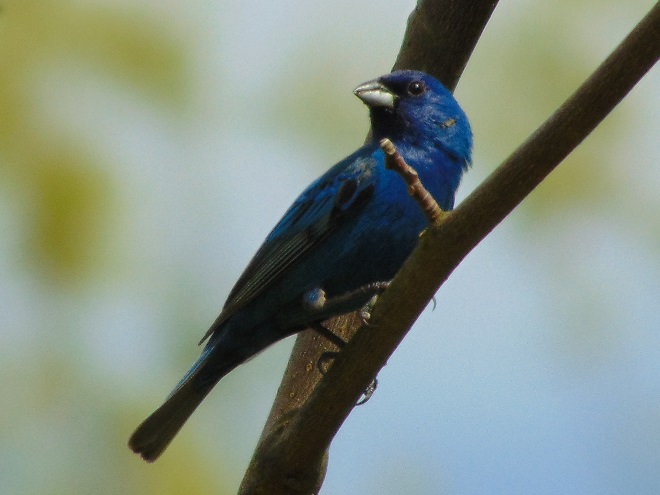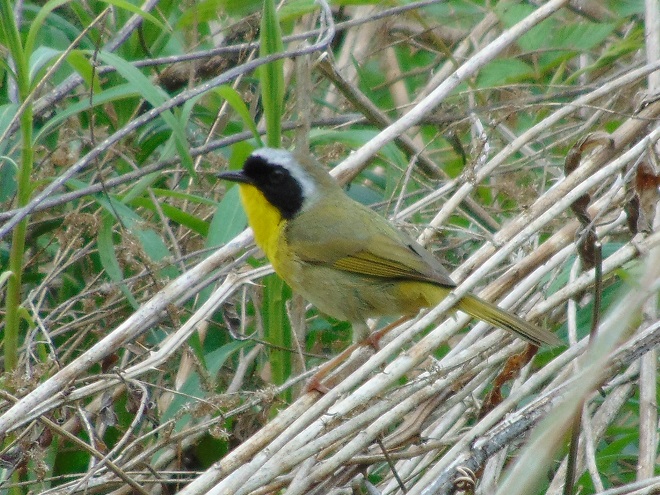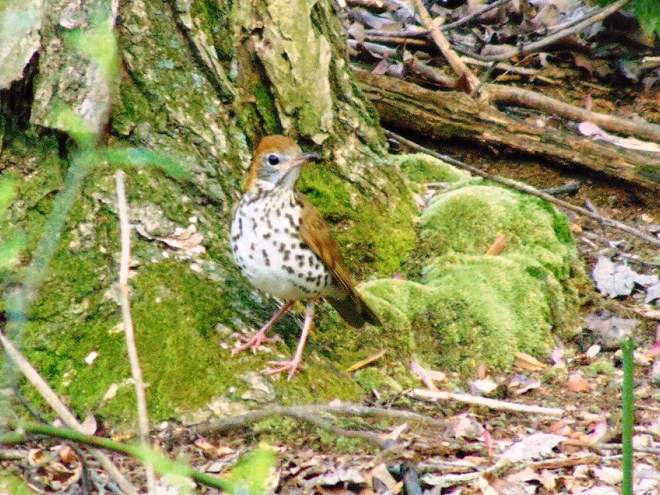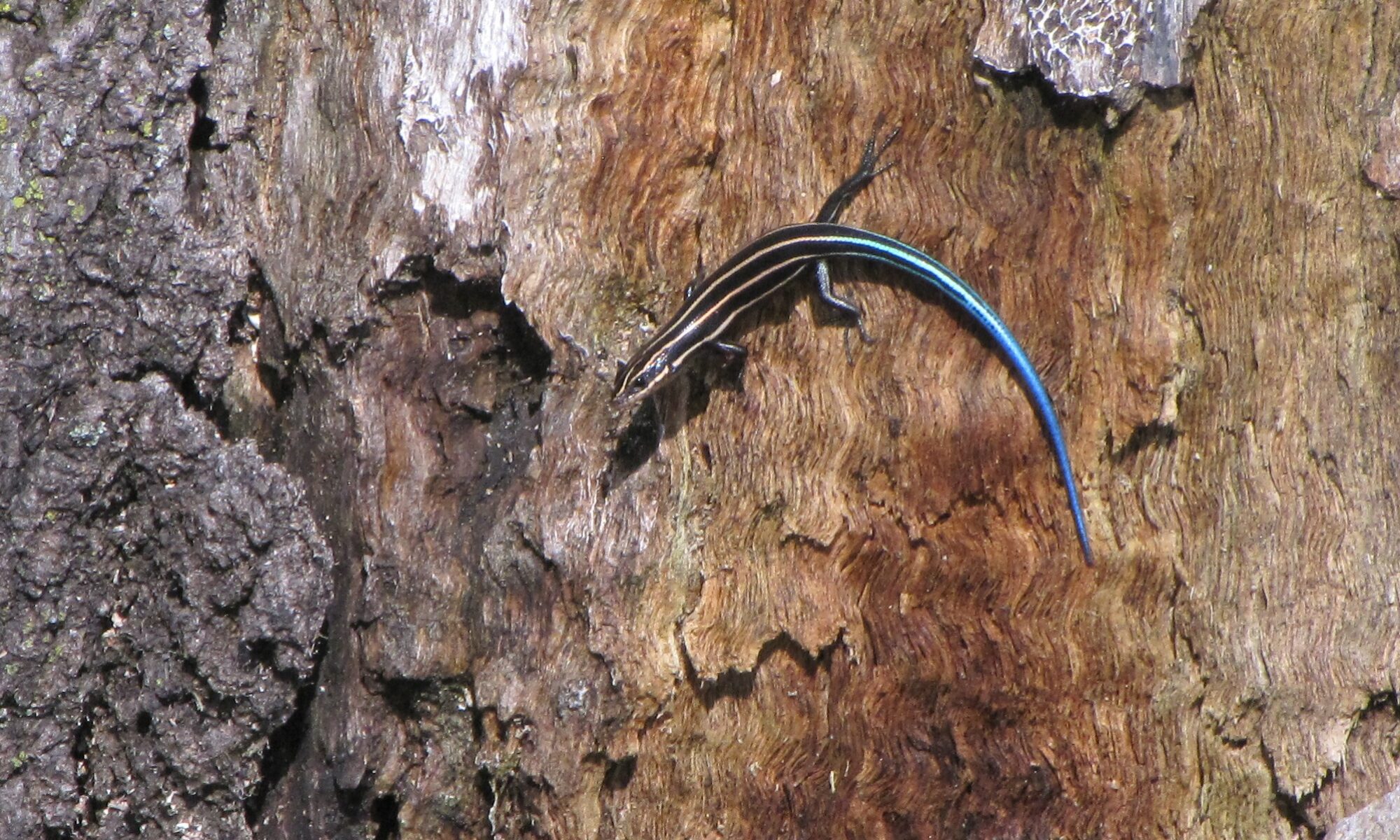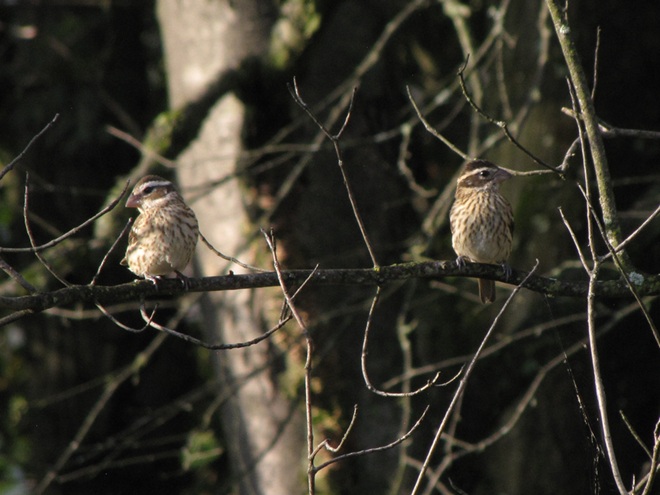
Late May Action in the Forest
Here’s a short preview of some of the finds you can expect during an outing in the Lower Susquehanna River Watershed’s forests this week…





















This Week’s Review of the Morning Fallouts
Clear, cool nights have provided ideal flight conditions for nocturnal Neotropical migrants and other southbound birds throughout the week. Fix yourself a drink and a little snack, then sit down and enjoy this set of photographs that includes just some of the species we found during sunrise feeding frenzies atop several of the Lower Susquehanna River Watershed’s ridges. Hurry up, because here they come…





































The migration is by no means over; it has only just begun. So plan to visit a local hawkwatch or other suitable ridgetop in coming weeks. Arrive early (between 7 and 8 AM) to catch a glimpse of a nocturnal migrant fallout, then stay through the day to see the hundreds, maybe even thousands, of Broad-winged Hawks and other diurnal raptors that will pass by. It’s an experience you won’t forget.

Be certain to click the “Birds” tab at the top of this page for a photo guide to the species you’re likely to see passing south through the lower Susquehanna valley in coming months. And don’t forget to click the “Hawkwatcher’s Helper: Identifying Bald Eagles and other Diurnal Raptors” tab to find a hawk-counting station near you.

Surf’s Up: The Waves Keep Rolling In
“Waves” of warblers and other Neotropical songbirds continue to roll along the ridgetops of southern Pennsylvania. The majority of these migrants are headed to wintering habitat in the tropics after departing breeding grounds in the forests of southern Canada. At Second Mountain Hawk Watch, today’s early morning flight kicked off at sunrise, then slowed considerably by 8:30 A.M. E.D.T. Once again, in excess of 400 warblers were found moving through the trees and working their way southwest along the spine of the ridge. Each of the 12 species seen yesterday were observed today as well. In addition, there was a Northern Parula and a Canada Warbler. Today’s flight was dominated by Bay-breasted, Blackburnian, Black-throated Green, and Tennessee Warblers.
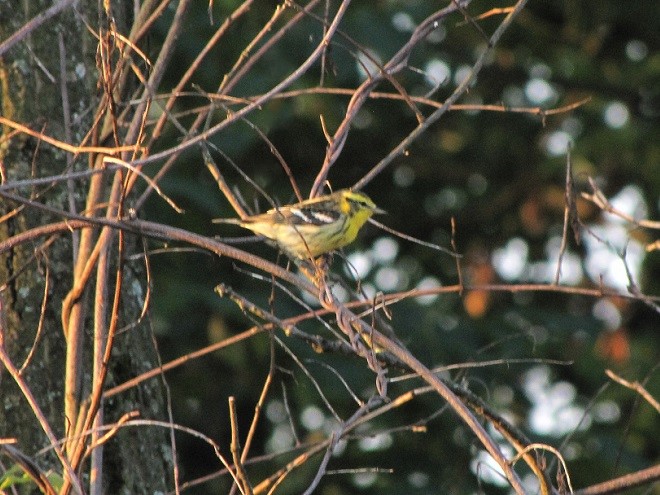
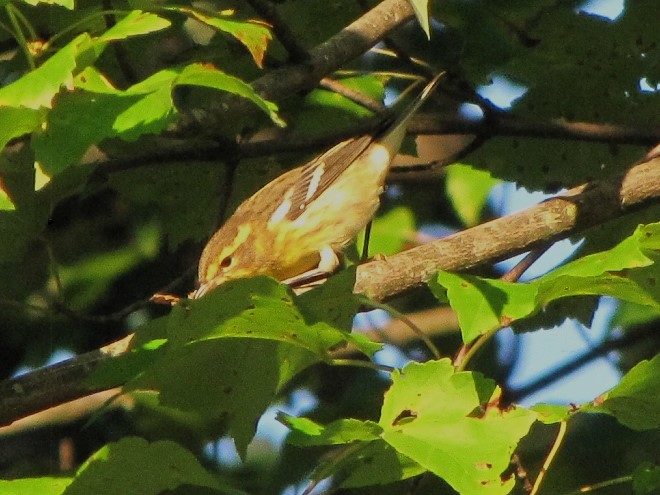
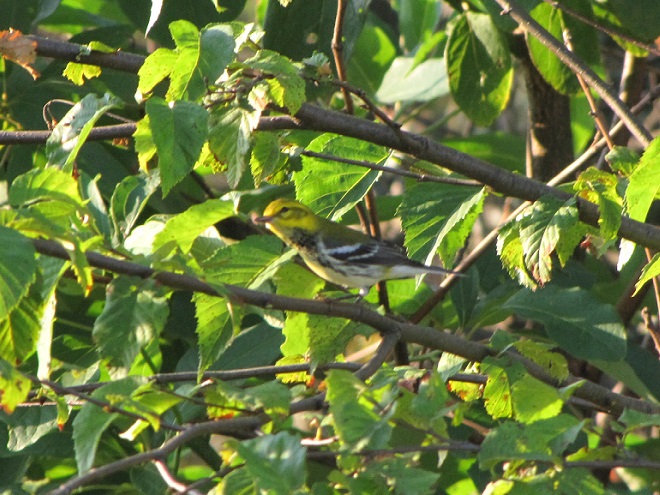
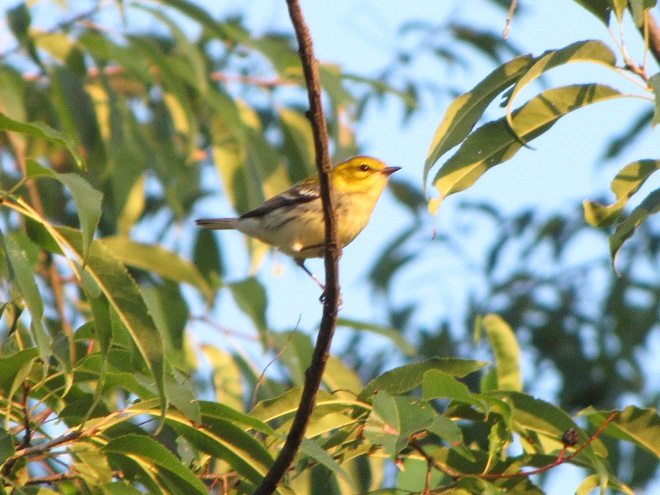
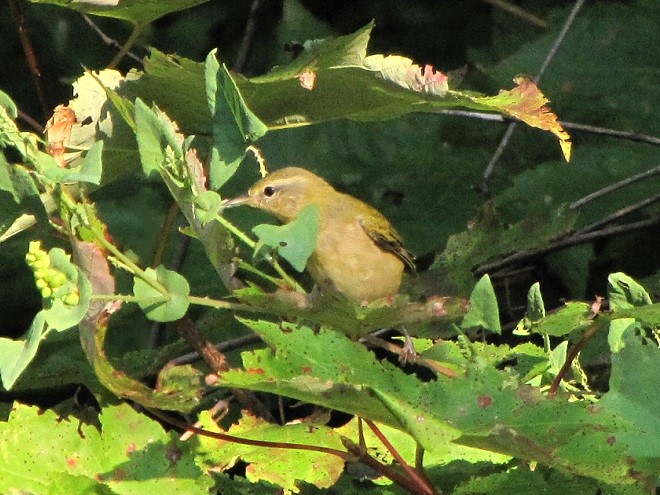
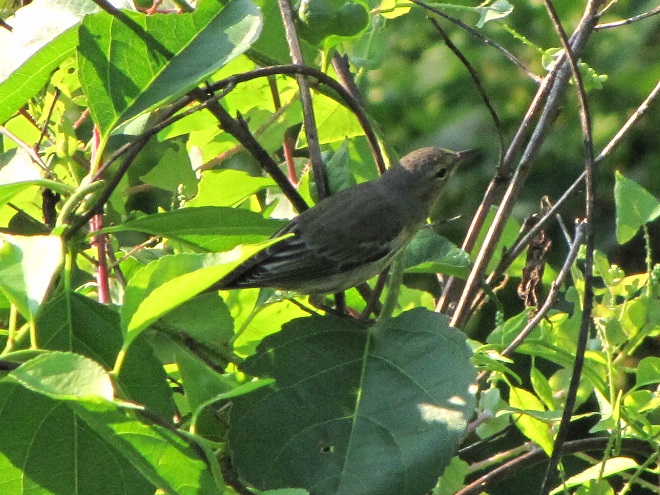
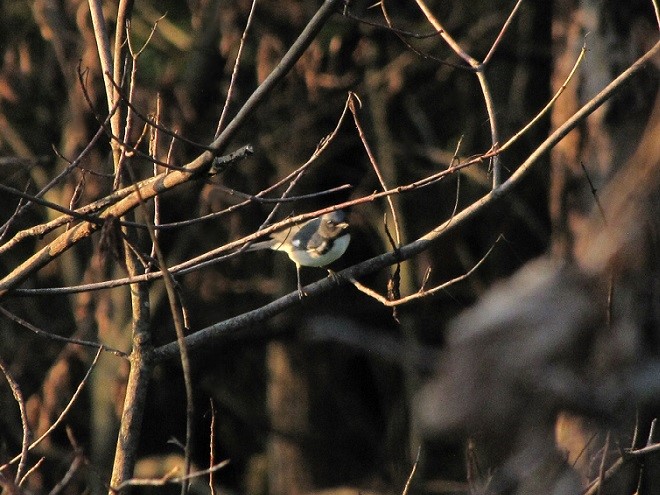
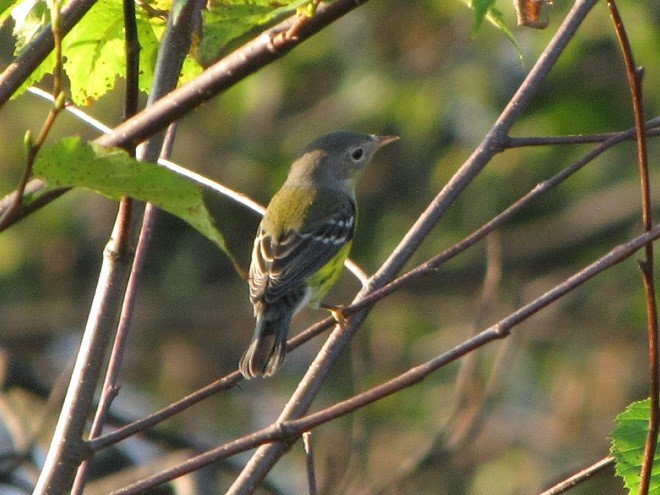
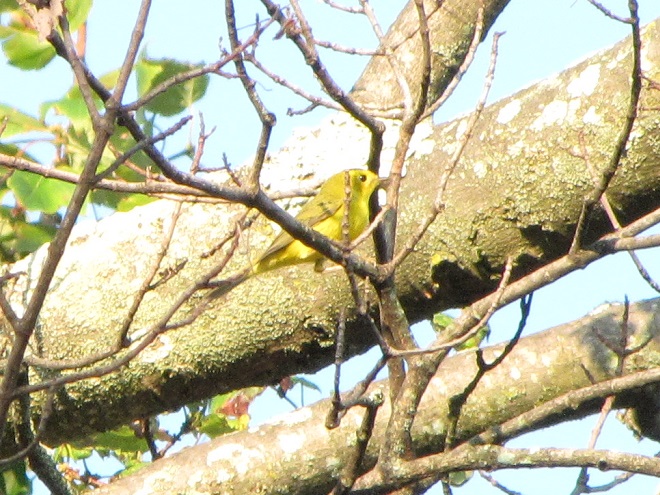
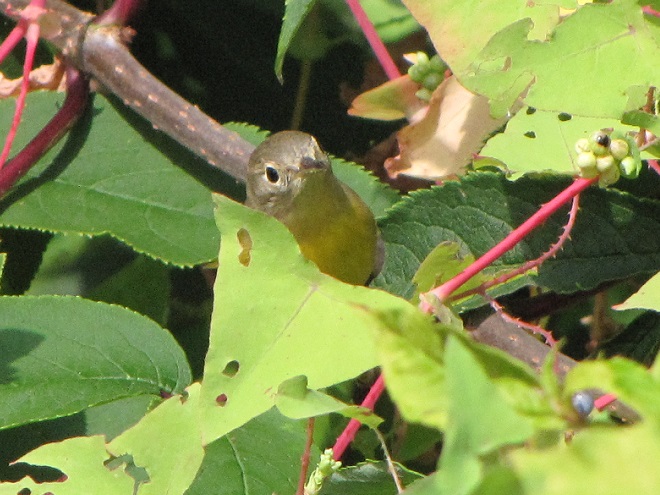
Other interesting Neotropical migrants joined the “waves” of warblers…
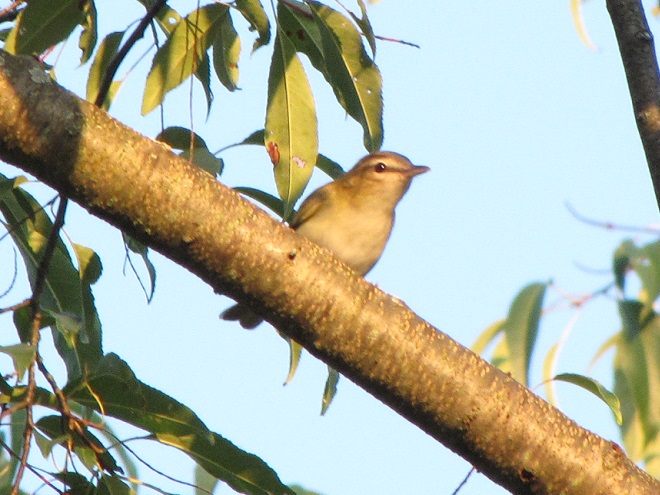
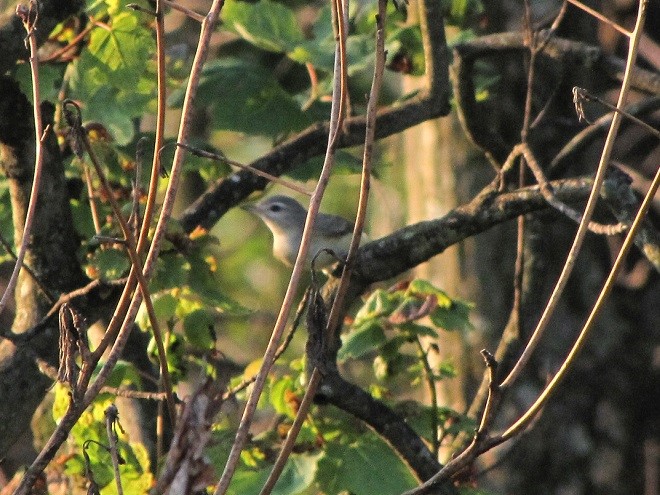
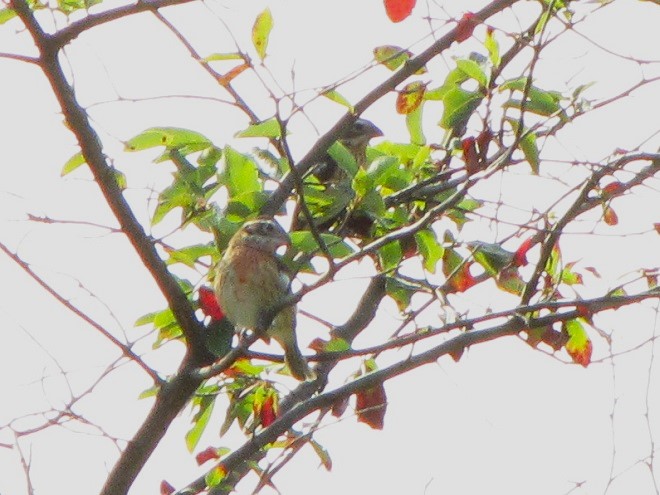
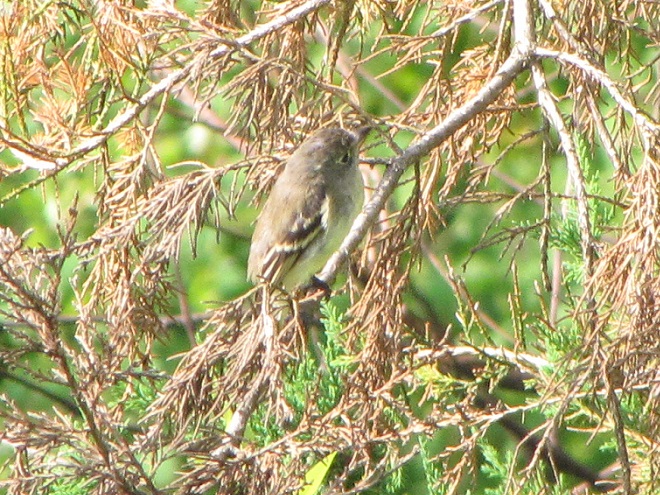
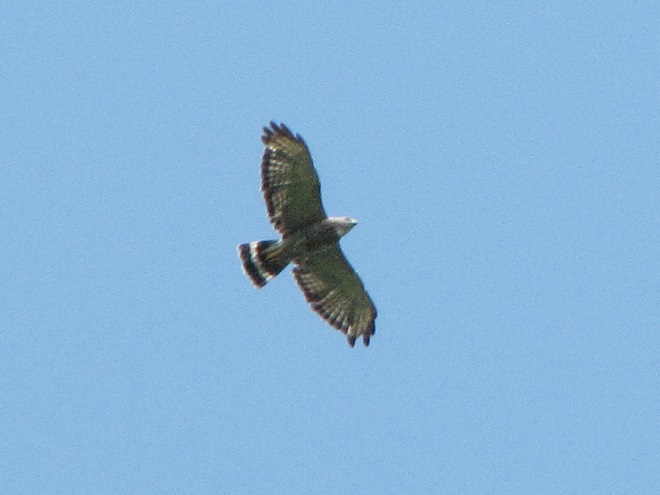
Something in the Air Tonight
There’s something in the air tonight—and it’s more than just a cool comfortable breeze.
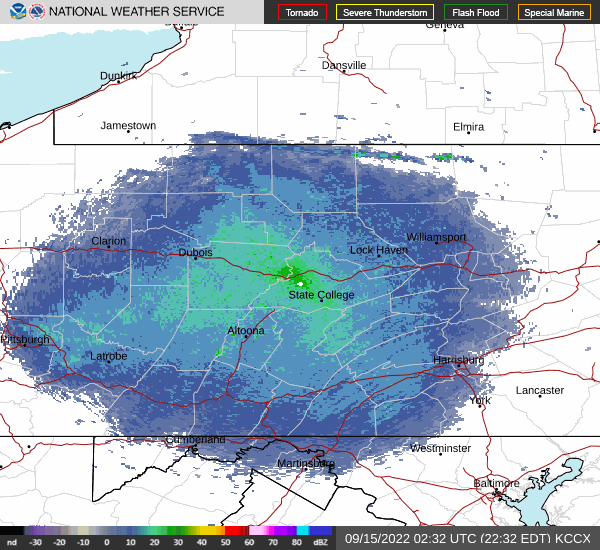
It’s a major nocturnal movement of southbound Neotropical birds. At daybreak, expect a fallout of migrants, particularly songbirds, in forests and thickets throughout the region. Warblers, vireos, flycatchers, thrushes, Scarlet Tanagers, and Rose-breasted Grosbeaks pass through in mid-September each year, so be on the lookout!
The Layover
After nearly a full week of record-breaking cold, including two nights with a widespread freeze, warm weather has returned. Today, for the first time this year, the temperature was above eighty degrees Fahrenheit throughout the lower Susquehanna region. Not only can the growing season now resume, but the northward movement of Neotropical birds can again take flight—much to our delight.
A rainy day on Friday, May 8, preceded the arrival of a cold arctic air mass in the eastern United States. It initiated a sustained layover for many migrating birds.
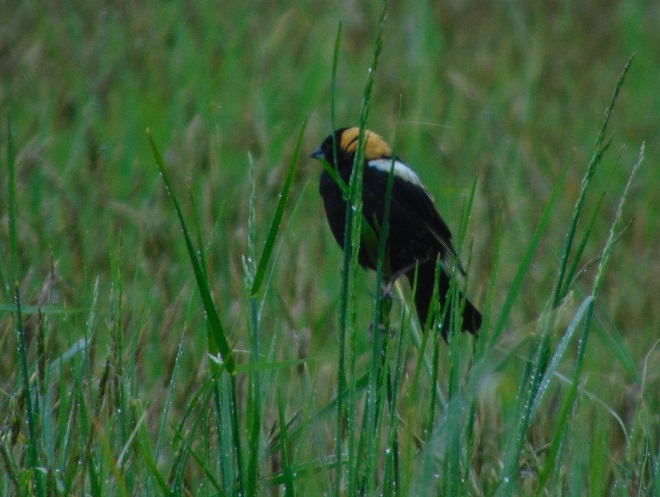
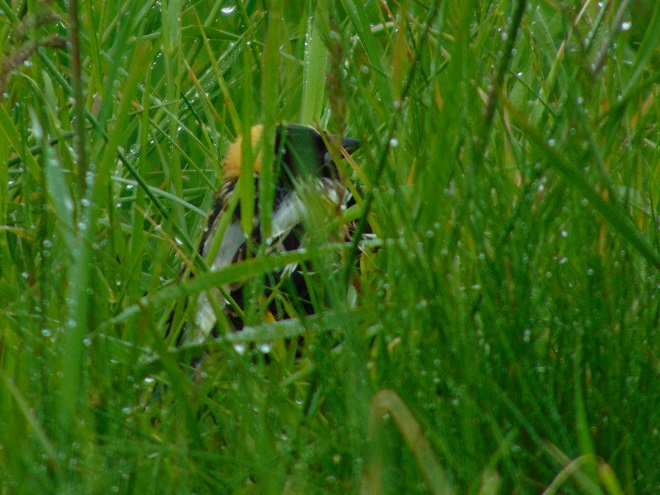
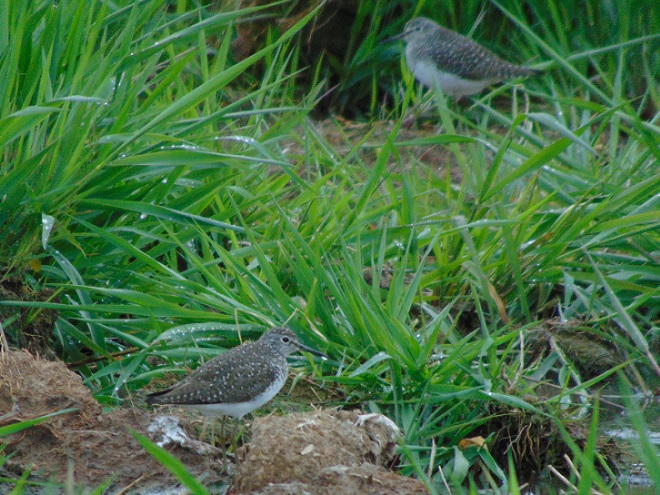
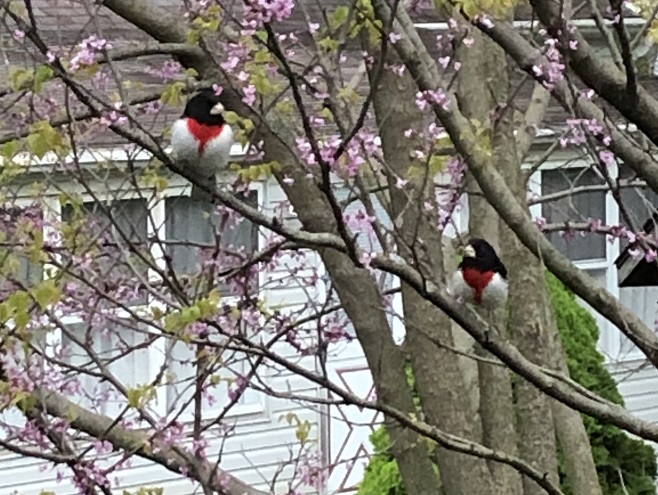
Freeze warnings were issued for five of the next six mornings. The nocturnal flights of migrating birds, most of them consisting of Neotropical species by now, appeared to be impacted. Even on clear moonlit nights, these birds wisely remained grounded. Unlike the more hardy species that moved north during the preceding weeks, Neotropical birds rely heavily on insects as a food source. For them, burning excessive energy by flying through cold air into areas that may be void of food upon arrival could be a death sentence. So they wait.


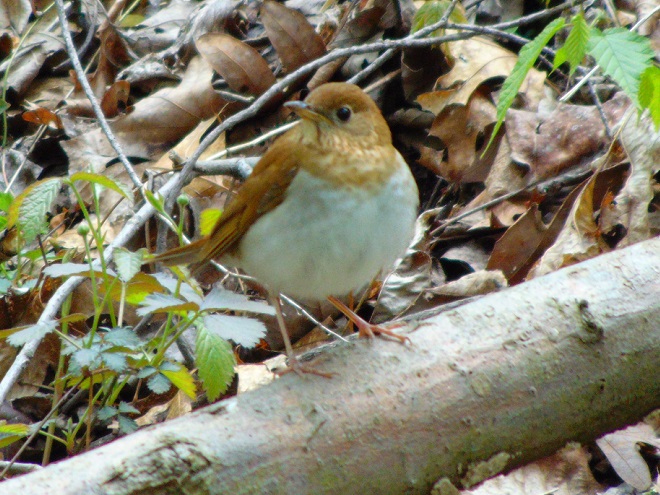
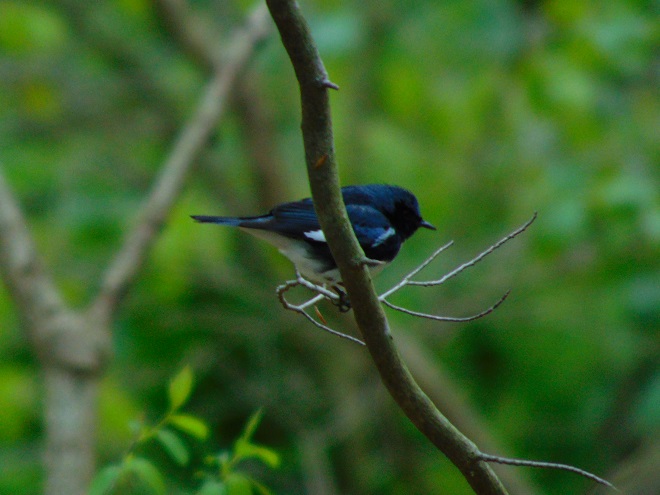
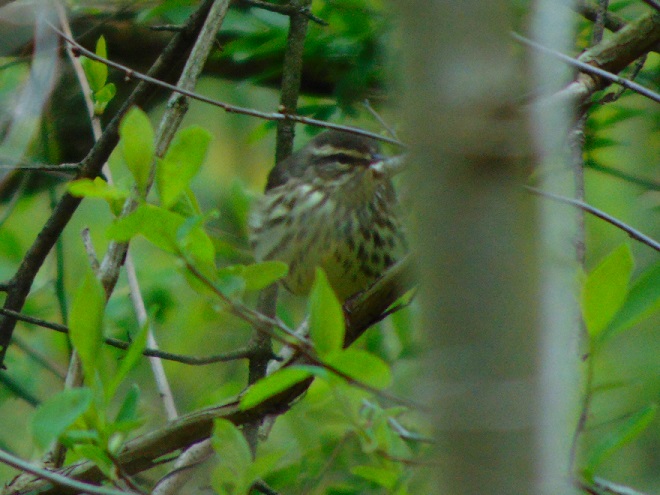

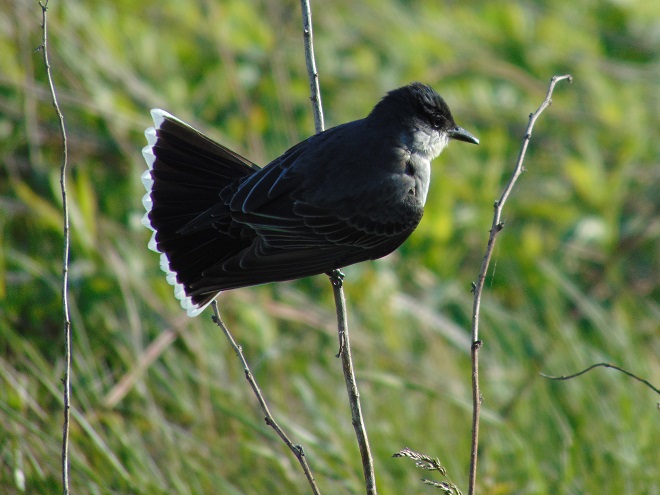
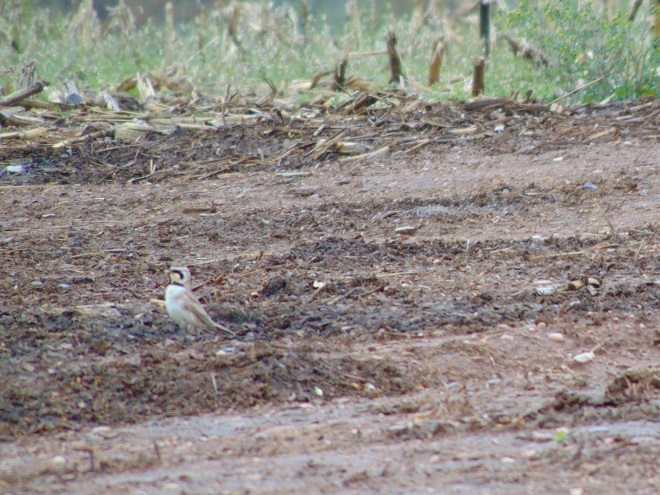

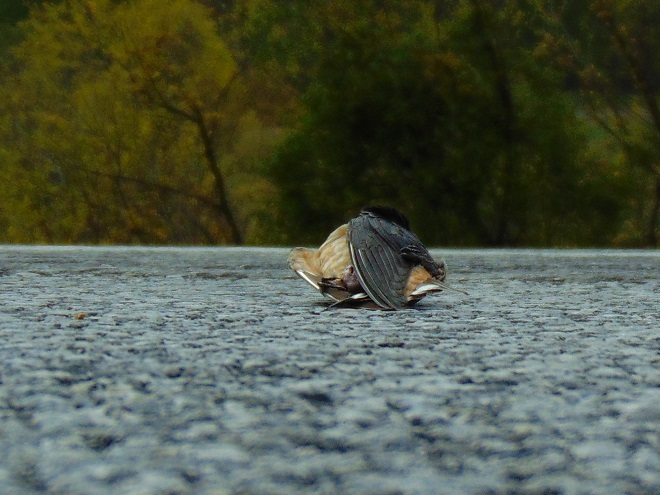
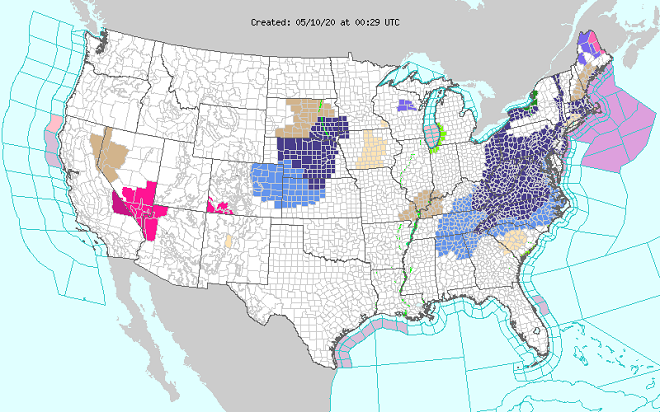

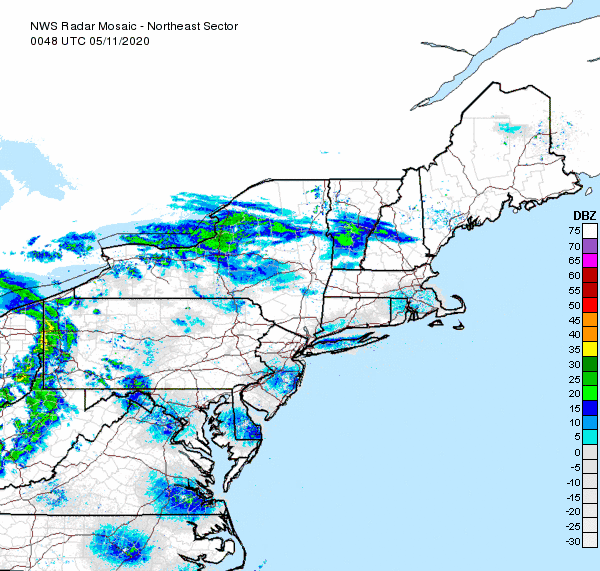
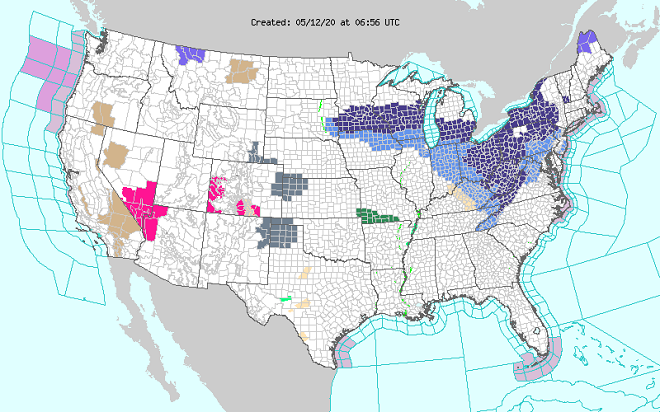
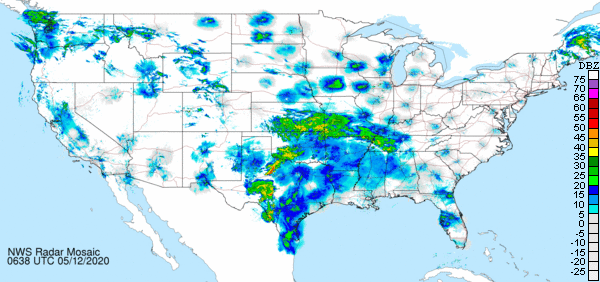
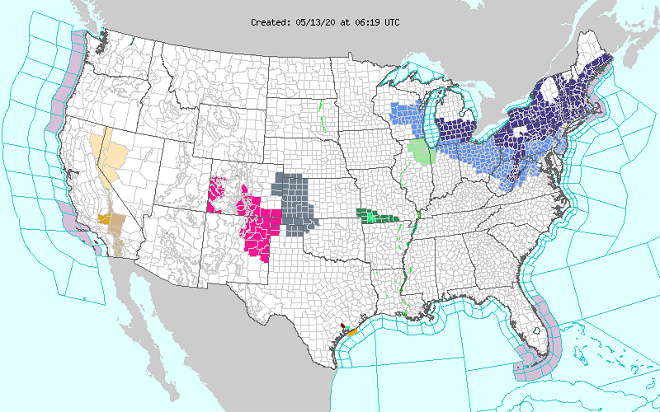
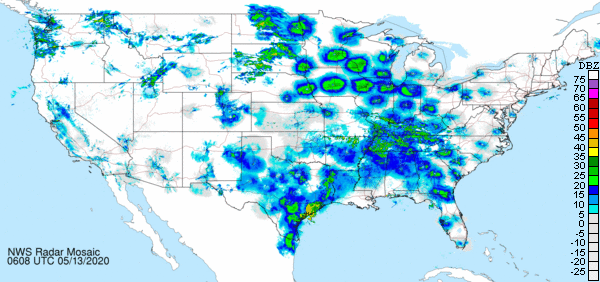

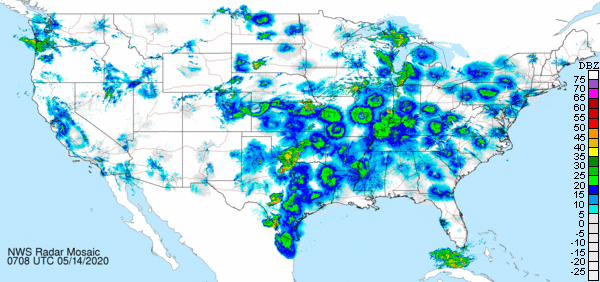
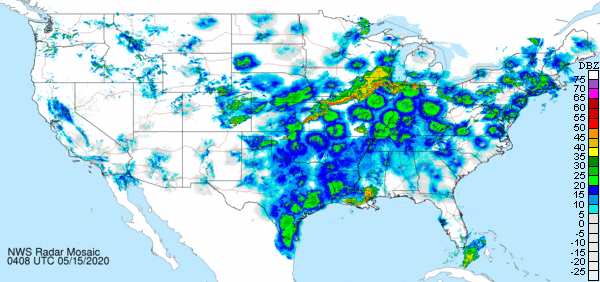
Today throughout the lower Susquehanna region, bird songs again fill the air and it seems to be mid-May as we remember it. The flights have resumed.
